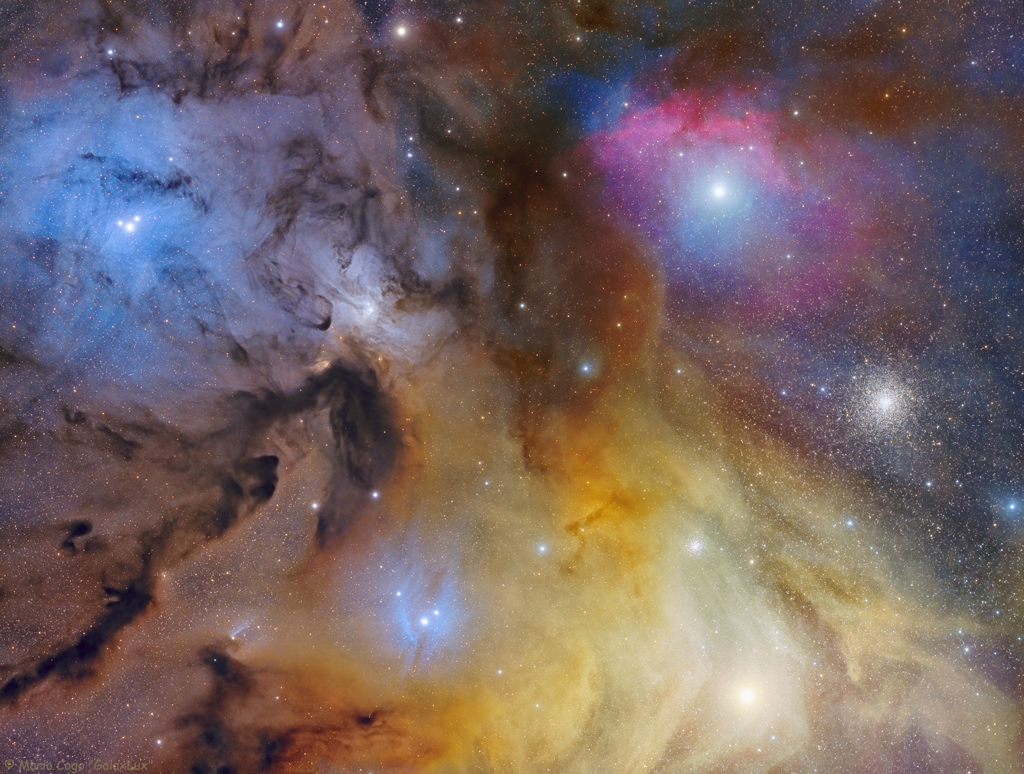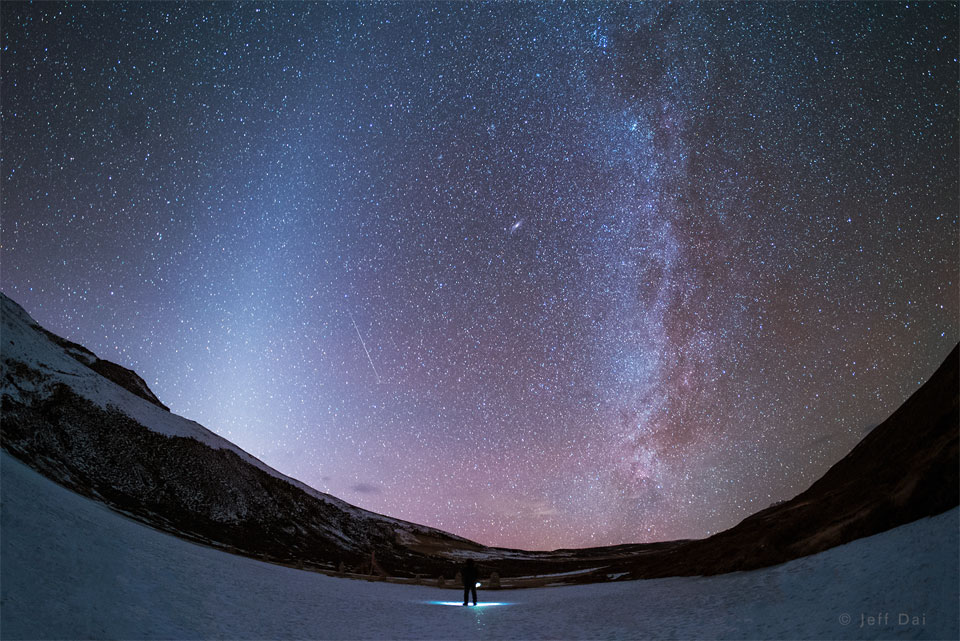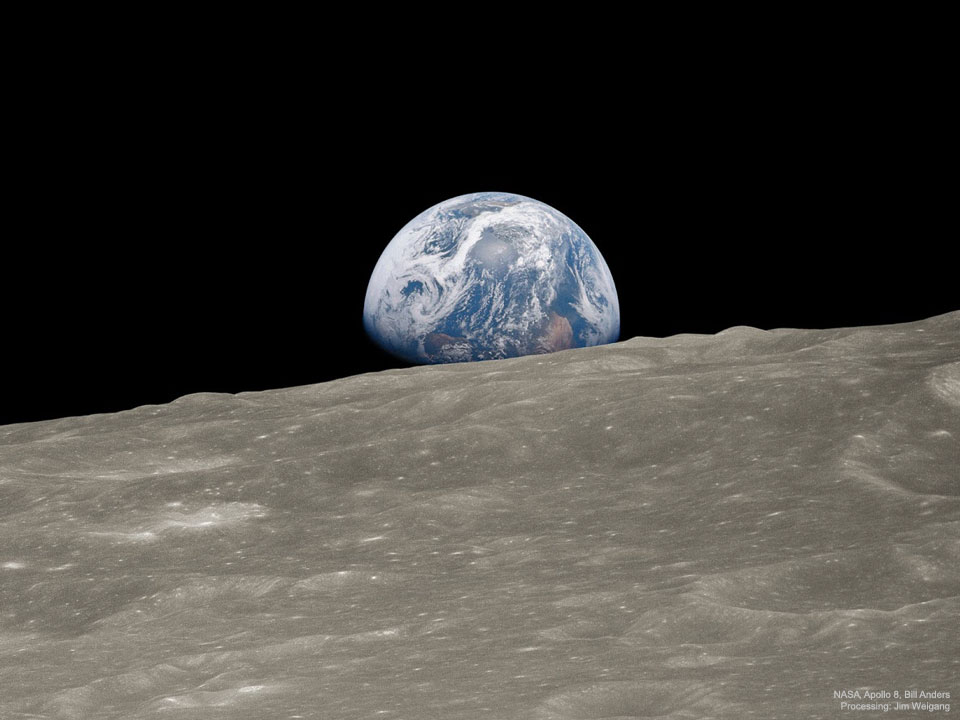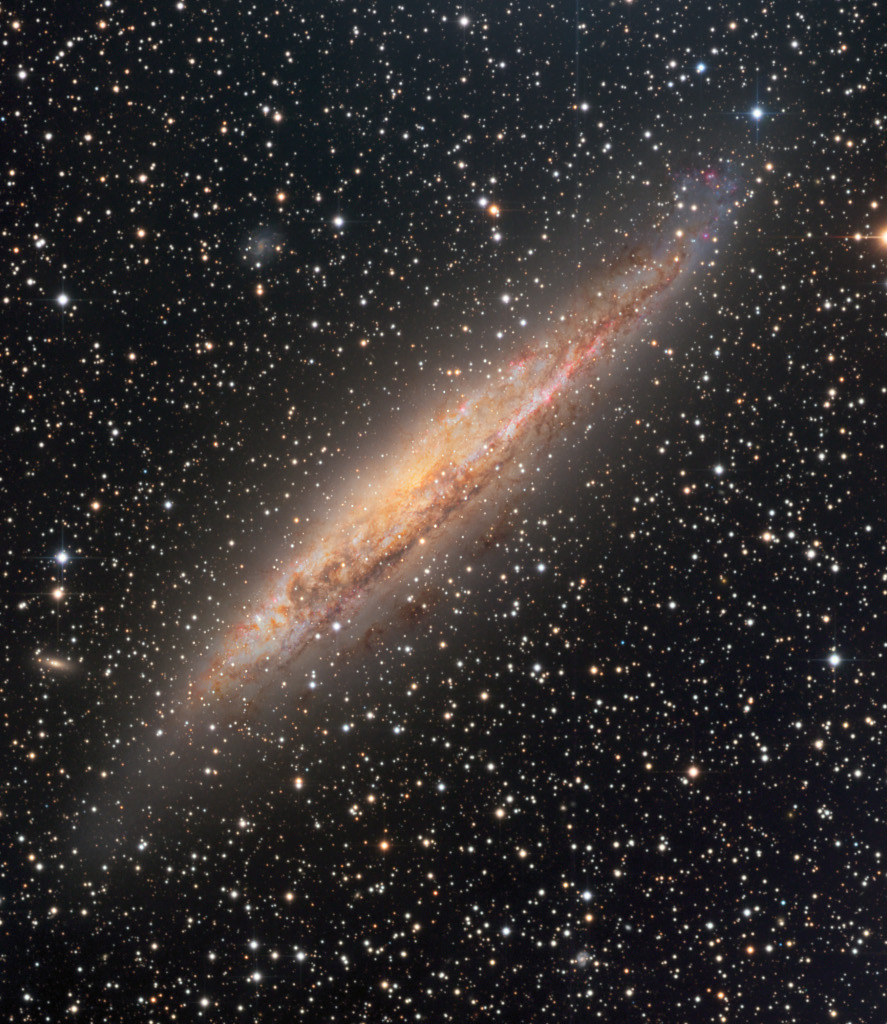NASA successfully launched the third in a series of next-generation weather satellites for the National Oceanic and Atmospheric Administration (NOAA) at 4:38 p.m. EST Tuesday. The newest Geostationary Operational Environmental Satellite, GOES-T, launched on a United Launch Alliance Atlas V rocket from Cape Canaveral Space Force Station.
from NASA https://ift.tt/PSH8Cwi
via IFTTT![]()






